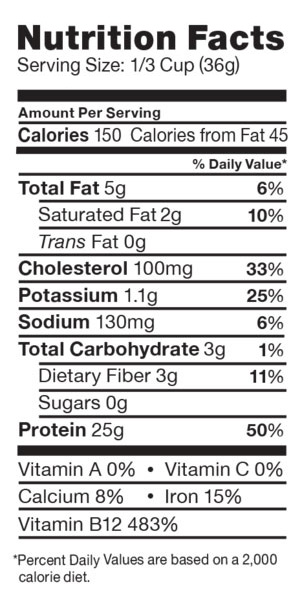Motherlode Chameleon
Chameleon Enthusiast
Yeah. That was the best reading table with nutritional information about Katydids. However this table did not have Ash Ratio's and Percentages to compare with normal scientific documents.There's nothing wrong with the format. Yes, it's tailored for human consumption, but it's simple to interpret. Here's crickets, for example, in the same format.

The look for a good Katydid nutrition table continues! I am looking at other search engines/places than just Google search.
Best Regards
Jeremy A. Rich







